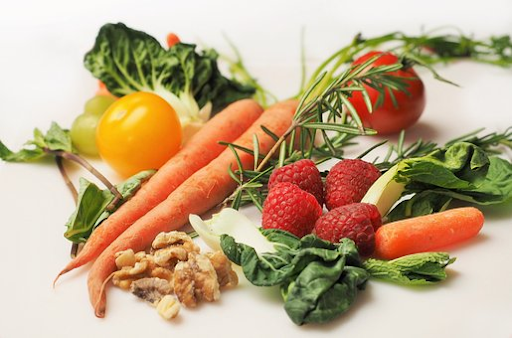
What Constitutes A Raw Food Diet?
Many people think of a raw food diet as simply the equivalent of foods that you get out of the garden. These are eaten in their whole form, although they may be cut, diced, and mixed with other whole foods without losing their integrity. Some, however, look at a raw foods diet as one that also includes unprocessed animal products, like eggs, fish, and milk. Marla Ahlgrimm says that the goal of a raw foods diet is to eat foods that contain their full level of nutrition. The idea is to keep foods as close to natural as possible so that the body enjoys the enzymes needed for proper digestion.
Marla Ahlgrimm also explains that advocates of a raw food diet believe that the cooking process creates toxins that are harmful to the body. There is no real scientific evidence to support this theory. This does not mean that it’s unhealthy, however, and there may be some benefits for some people to begin a plant-based, raw diet.
The Pros
Marla Ahlgrimm says that plant-based foods are typically higher in fiber. They can help people stay fuller for longer, which may cut down on their intake of calories. Fewer calories can mean reduced weight, which is important for people who are considered obese. Further, eating a whole foods diet can also lower some people’s risk of diabetes, cardiovascular disease, and other chronic issues.
The Drawbacks
Although there are plenty of benefits (after all, who doesn’t want to skip the stove at night?) Eating raw foods does have some risks. It’s a highly restrictive diet, and it doesn’t always include the right balance of protein, calcium, B vitamins, and iron the body needs to thrive, says Marla Ahlgrimm. Further, animal products should always be cooked to an internal temperature of between 145° and 165°. Marla Ahlgrimm says that this is per the FDA and is the only way to sidestep certain foodborne illnesses.
Finding Balance .jpg) Marla Ahlgrimm says that people looking to take control of their health can incorporate some aspects of a raw food diet without compromising their overall health. She recommends replacing things such as macaroni and cheese with side salads or raw veggies. Those looking to eat fewer calories and leaner proteins might choose chicken or turkey over beef. There are also certain cuisines, such as Thai food, that incorporate raw items into cooked meals – chicken pad Thai is cooked chicken, vegetables, and noodles mixed with peanuts and raw bean sprouts.
Marla Ahlgrimm says that people looking to take control of their health can incorporate some aspects of a raw food diet without compromising their overall health. She recommends replacing things such as macaroni and cheese with side salads or raw veggies. Those looking to eat fewer calories and leaner proteins might choose chicken or turkey over beef. There are also certain cuisines, such as Thai food, that incorporate raw items into cooked meals – chicken pad Thai is cooked chicken, vegetables, and noodles mixed with peanuts and raw bean sprouts.
.jpg)
Ultimately, Marla Ahlgrimm says that people should eat according to what’s best for their unique health needs. While everyone should watch their sugar and trans fat intake, no two people should feel boxed into eating the same things each day. It’s all about common sense. Her best advice as a retired pharmacist and women’s health entrepreneur: shop the perimeter of the grocery store. This is where you will find fresher foods that are less likely to break your calorie bank.
Eating a raw food diet may be right for some people. However, it’s not an ideal solution for everyone. Marla Ahlgrimm recommends that everyone considering any type of sudden dietary change consult with their primary health care physician to ensure their plan works with their overall health.
